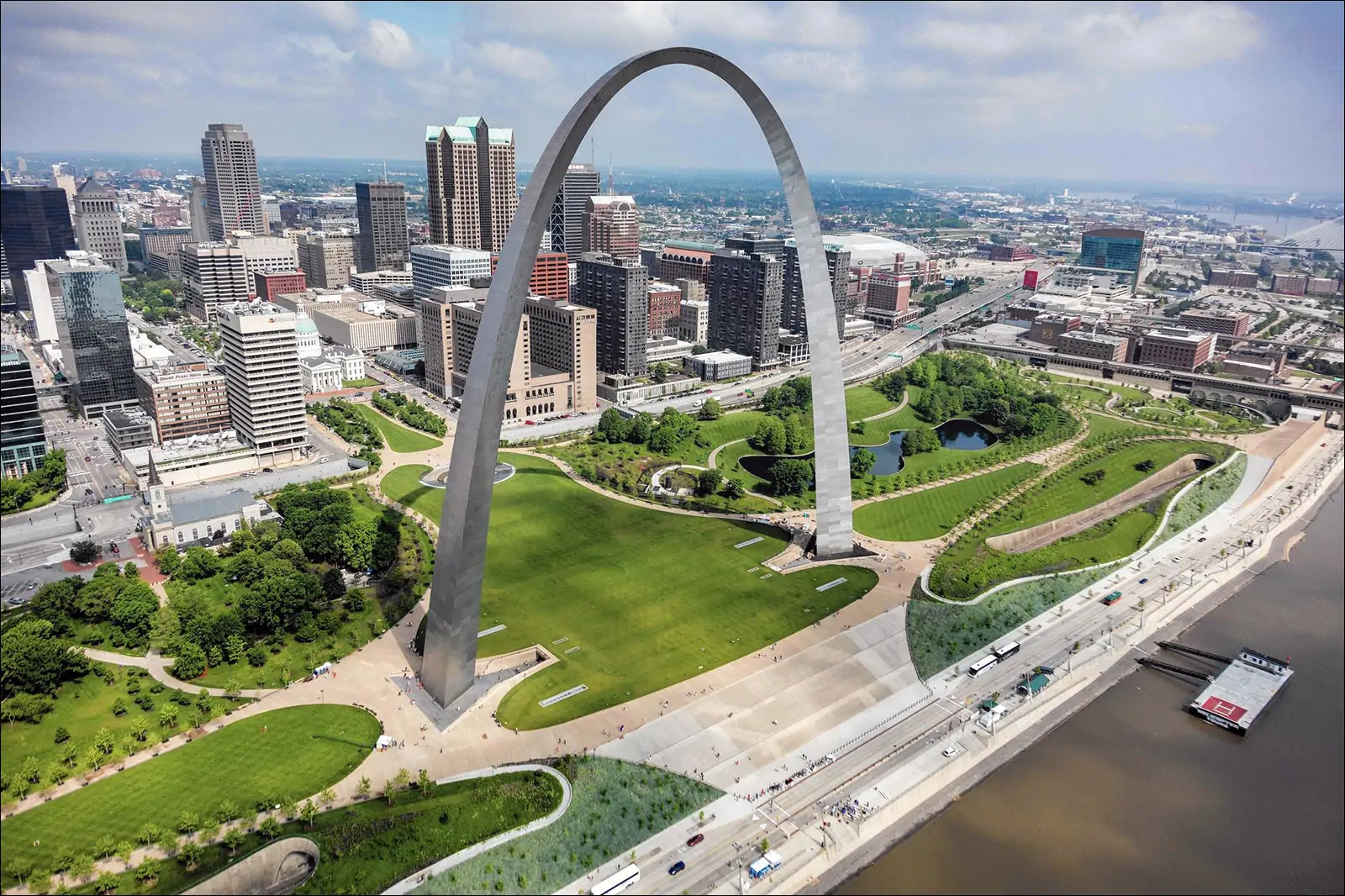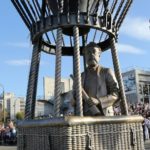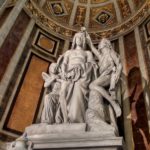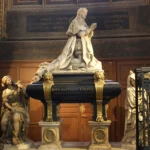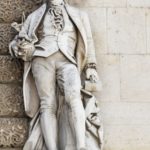Louis-Simon Boizot French artist
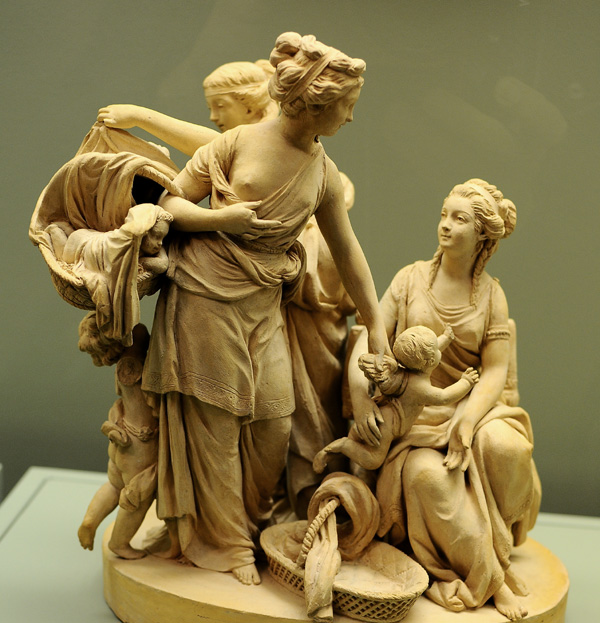
Louis-Simon Boizot – the genius of sculptural art, who knew how to create unique masterpieces even from porcelain
Louis-Simon Boizot (October 9, 1743 – March 10, 1809) was a famous French artist of the second half of the 18th – early 19th centuries, a brilliant neoclassical sculptor. He was famous for making busts of prominent people of France and multi-figured sculptural compositions from Sevres porcelain.
Louis-Simon Boiseau is the most famous representative of the family dynasty of artists. His father Antoine was a talented painter, and his younger sister Marie Louise Adelaide was a draftswoman and engraver.
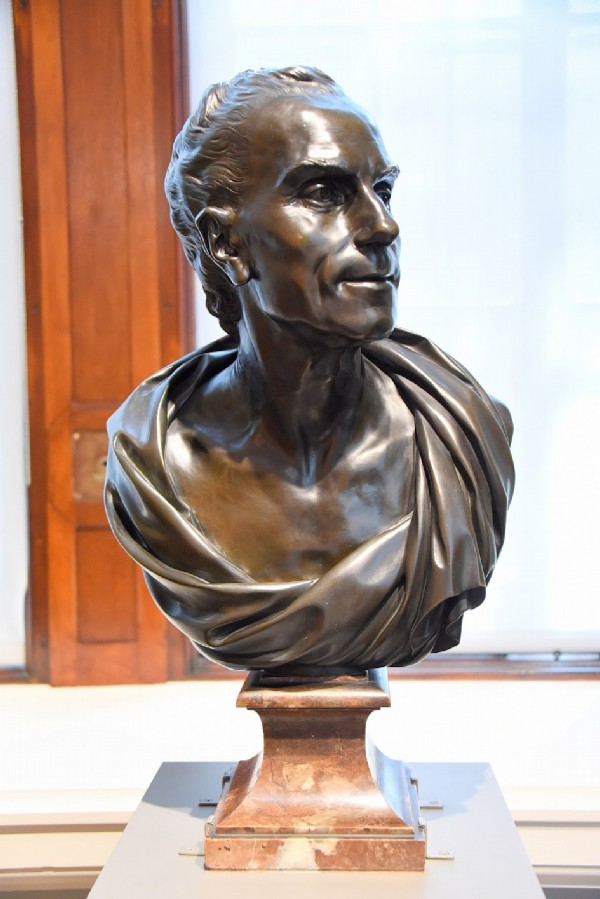
Biography
Louis-Simon Boiseau was born on October 9, 1743 in the capital of France. His father not only painted pictures of various genres for wealthy clients, but also worked as a draftsman at the Royal Tapestry Manufactory. Parents early discovered in their son a talent for art and strongly encouraged this hobby.
At the age of 16, Louis-Simon became a student of the Moscow Academy of Painting and Sculpture, where his first mentor was the famous French master Rene-Michel Slodz. In 1762, Boiseau won the competition for the Prix de Rome, specializing in sculpture. Three years later, he left for the capital of Italy to complete his studies there.
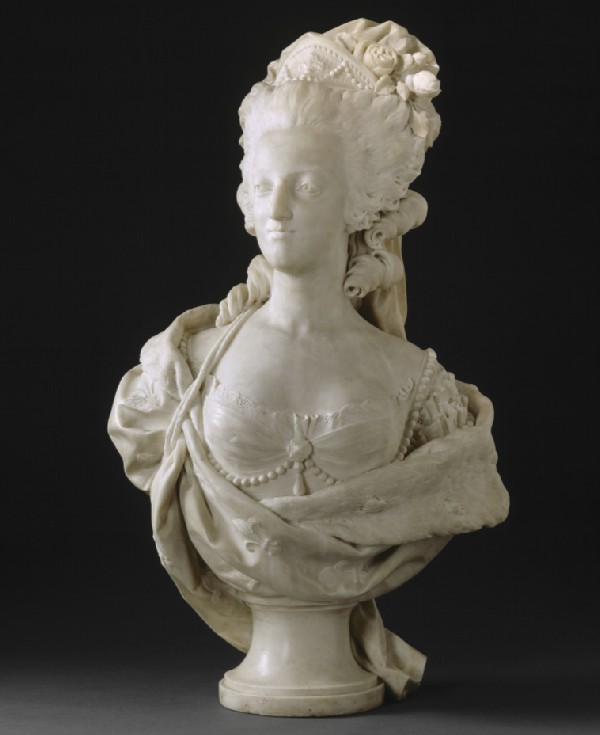
In Rome, the novice artist lived for five years, after which he returned to his native Paris. From that moment until his death, the master practically did not leave the French capital. In 1770 he married Marguerite Virginie Guibert, the daughter of a professional sculptor, with whom he lived happily all his life.
In 1773, Louis-Simon Boiseau took part for the first time in the Paris Salon and subsequently exhibited his work regularly at this prestigious event. And five years later he became a full member of the Academy of Arts. He acquired the first influential customers for whom he made busts and decorative sculptural compositions in the neoclassical style. In addition, the artist enjoyed the special patronage of King Louis XVI and Queen Marie Antoinette, who highly appreciated his work. And the Russian Empress Catherine II personally ordered original porcelain items from the master.
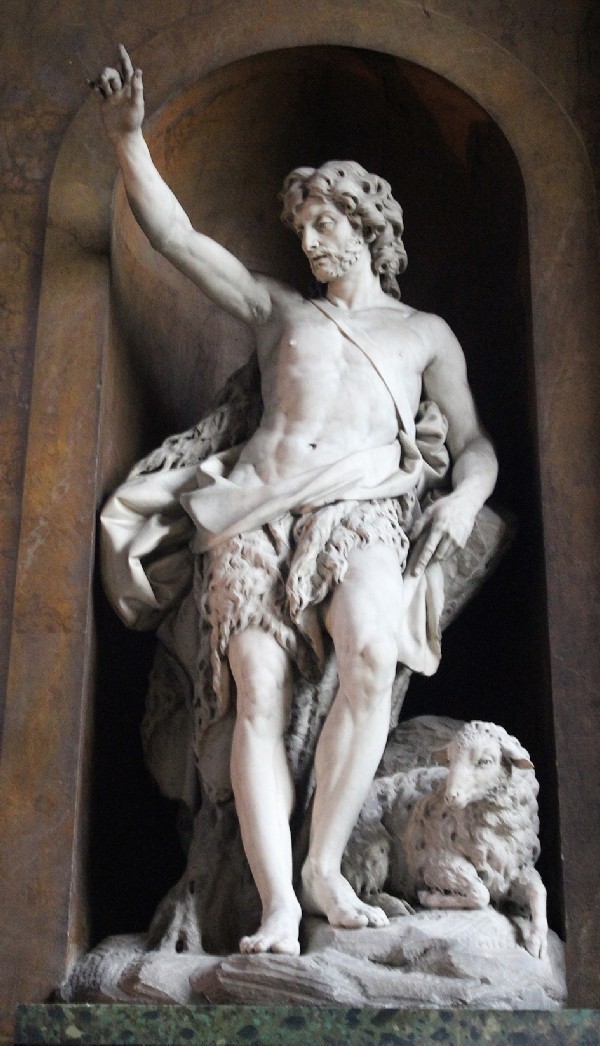
Louis-Simon was also often engaged in the manufacture of sculptural decorations for public buildings in Paris – churches and palaces. And after Falcone’s departure to Russia, he led the model workshop of the Sevres manufactory for seven years. Boiseau skillfully mastered the techniques of processing a wide variety of materials and created beautiful masterpieces not only from marble, but also from porcelain and bronze.
After the French Revolution, the authoritative artist became a member of the National Commission on Monuments. Louis-Simon enthusiastically accepted Napoleon’s rise to power and remained his ardent supporter until his death. By order of the emperor, the artist created a majestic statue that adorns the top of the column of the monumental fountain Fontaine du Palmier, built in Paris on Chatelet Square to glorify the military genius of Bonaparte.

In 1805, the famous sculptor was appointed head of the National Academy of Arts, but he did not hold this honorary position for long. On March 10, 1809, Louis-Simon Boiseau died suddenly at the age of 65. The body of the master was interred in the Pere Lachaise cemetery in Paris, where the remains of many famous people of France are buried.



